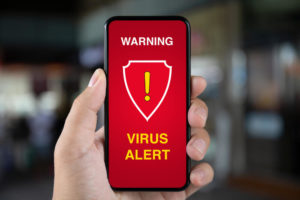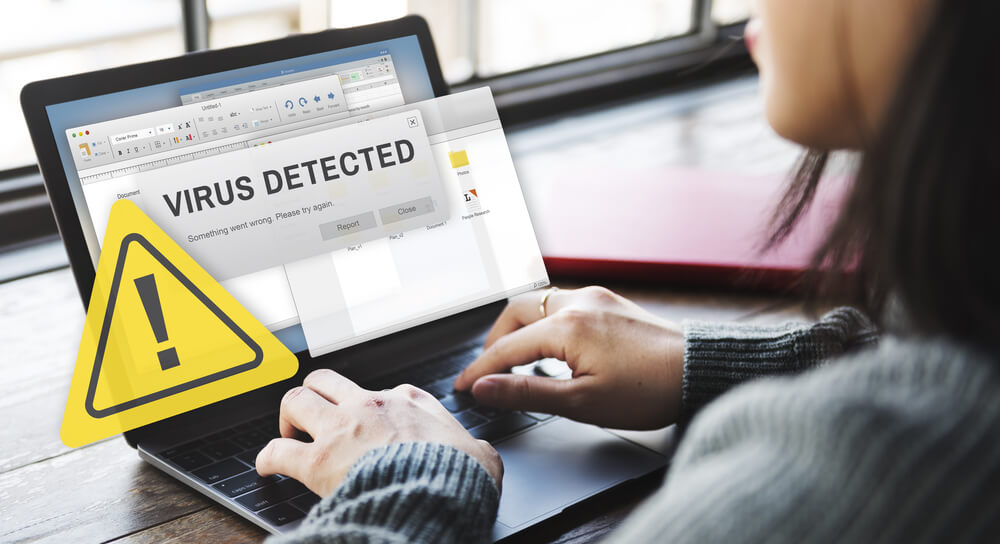You’re likely to have heard of several types of threats that could affect your computer. But you may not know what they really mean. There are many terms that can be used to describe viruses, including ransomware, trojan horses, worms and others.
Our laptop and PC repair services include everything from hardware damage and related risks to virus scans and diagnostic checks. We also offer a variety of other services that will evaluate your computer for viruses and other software threats. Computer owners are familiar with worms and viruses, which can be a serious problem. How do viruses and worms spread? What is the general classification of each type? This article will help you identify the differences between them and to recognize any potential risks or signs.
Malware
Let’s first discuss Malware, the broad term that encompasses viruses, worms, and other types of malicious software. Malware is any software that causes harm to a computer system. This includes trojan horses, ransomware, viruses, worms and ransomware. There are many ways malware can be downloaded, including infected websites or files, spam emails and attachments or direct ActionScript code injection on legitimate websites.
Malware can cause a host of problems once it is installed on your computer. It can steal passwords, credit card numbers and other personal information and then send it to criminals. It can also cause your computer to become inoperable or delete files. Malware often contains code that transforms your computer into a “bot”, which can be used in large-scale cybercriminal activities such as DDoS attacks.
It can be extremely beneficial to learn more about particular types of malware. Here are some basic facts about viruses and worms.
Computer Worms
Computer worms are the most dangerous form of malicious software. A computer worm is a malicious program that replicates itself and infects other systems based on its vulnerabilities. Worms are usually standalone threats and don’t need a host program, which is why they can be difficult to find and eradicate.
Worms are a threat because they don’t require interaction from users to spread. To spread, they exploit security holes in systems and can move quickly once they are loose. It is important to ensure your software is up-to date with security patches. Also, be cautious of unusual or unanticipated emails, downloads, or websites.
Computer virus
Computer viruses are a form of malware that needs human interaction to spread. It can happen by opening infected files, clicking on links in emails, or installing and running infected programs. A virus can be activated and do a variety of things such as delete files, corrupt data or crash your computer.
Like worms and viruses, viruses can spread through security holes in computer systems, but more slowly. Because viruses require host programs to spread, they are less common than worms. They can be costly and very destructive if they aren’t controlled.
Computer Worm Example
Code Red is a well-known example of a computer virus causing serious problems. Code Red is a code name based on Code Red Mountain Dew. It refers to an incident that occurred in 2021 when Code Red used a computer virus to infiltrate Microsoft IIS web servers. This eventually led to the attack of the White House’s website.
The hack caused more than $2 billion of damage to servers and affected 25%. Although most computer worm problems don’t become serious, this hack shows the potential damage these threats can cause.
A Computer virus example
The ILOVEYOU virus (also known as Love Bug) is one of the most well-known computer viruses. The virus was first discovered in May 2000. It quickly spread around the world before it was eradicated. It is believed to have caused $10 billion of damage worldwide, making it one the most expensive viruses ever.
The virus’s clever and simple method of spreading was remarkable. The virus would send infected emails with the subject “ILOVEYOU”, to all victims in the victim’s contact list, and then run automatically when the email is opened. It was able to infect millions upon millions of computers within a short time.
Prevention of Worms and Viruses
It is usually quite easy to prevent these types of malware threats. Here are some basic guidelines to keep in mind:
Antivirus and antimalware software: Make certain you have the most current version of antivirus software. You might also want to invest in anti-malware software, especially if you have been affected by malware.
Updates to your operating system: Make sure you have the most recent security patches installed. These patches were created to fix security holes that worms or viruses could exploit.
Firewalls: Make sure that your firewall is enabled on your computer and that it’s properly configured. Firewalls are a great way to stop malicious programs being able access your computer and exploit it.
Email hygiene and internet hygiene: You should be very cautious about which emails you open, what you click on, and what files are downloaded. Email attachments and embedded links are a common way for viruses and worms to spread. Unsolicited email is the most dangerous. Be on the lookout for suspicious links or other indications that a website is not safe.
These guidelines will help you reduce the risk of getting infected with a virus or other worm.
If you are concerned that your computer is infected or want to have it checked by the professionals at PC Laptops, please bring it to us at your earliest convenience.



